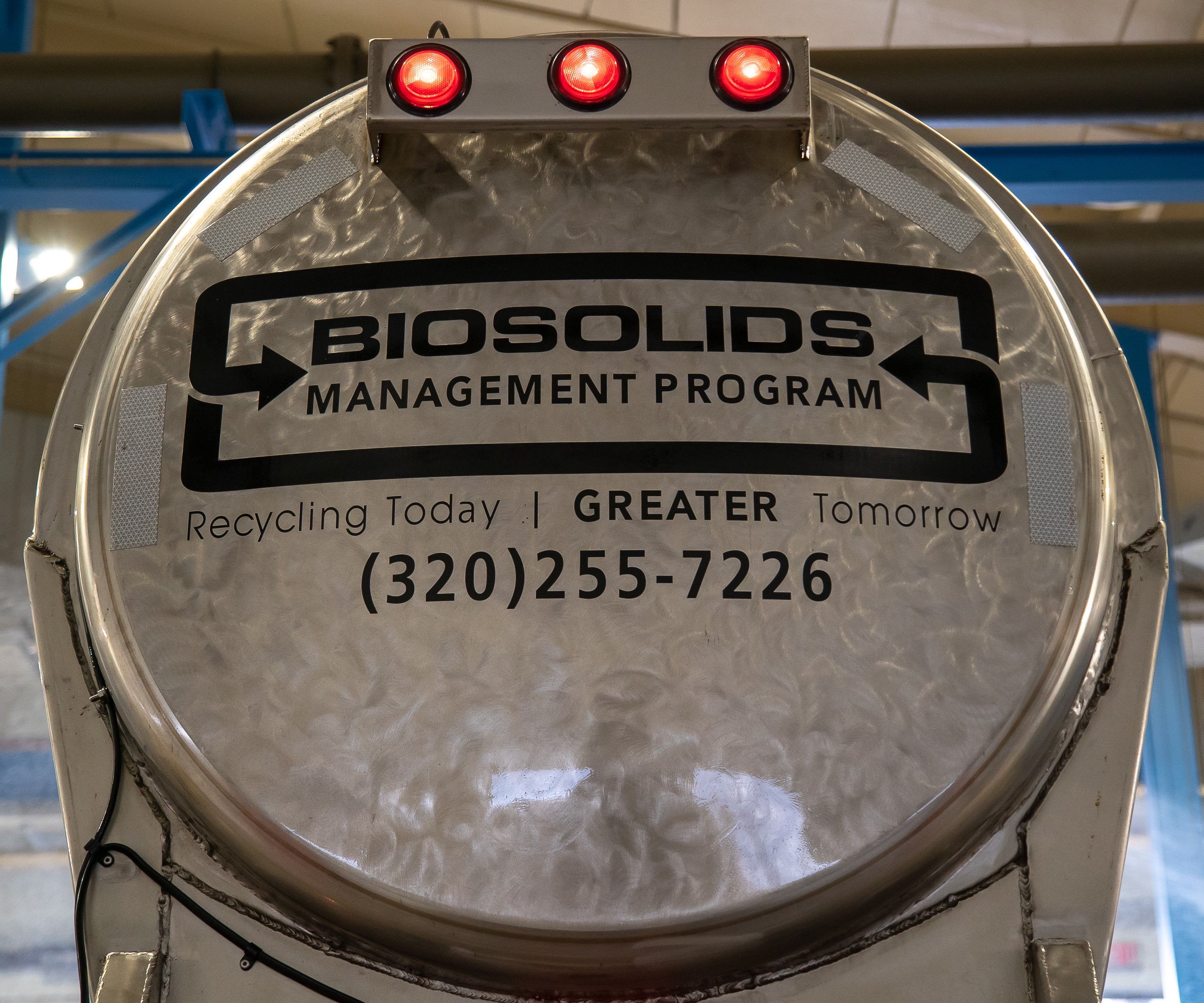In September of 2018, Cambridge, Ontario’s Lystek International announced that it had successfully commissioned an installment of its low temperature Thermal Hydrolysis Process at the City of St. Cloud, Minnesota, as part of the city’s Nutrient Recovery and Reuse (NR2) Project.
Now the company is reporting that the system has helped the city dramatically reduce volumes, solving pressing storage challenges and saving millions in infrastructure and operational costs. The solution also facilitated the recovery of organic matter and nutrients from the city’s wastewater, wastewater biosolids to create a Class A biofertilizer that can be resold in the local agricultural market.
“The Lystek system is a key element in the NR2 project and, together with St. Cloud and all stakeholders in this initiative, we are demonstrating both economic and environmental leadership in Minnesota through the implementation of innovative, cost effective solutions,” said Patrick Shea, director, public services, St. Cloud.
St. Cloud is located in the Mississippi Delta river region and is the largest population center in the state’s central area. The Delta river region is known as the Dead Zone, because it has been negatively affected by eutrophication due to run-off of nitrogen and phosphorus. The Minnesota Clean Water Legacy Act (CWLA) is an ambitious plan that includes the provision of funding to local organizations for on-the-ground work to protect and restore lakes, rivers, and streams and meet state water quality standards. It was through the Act that Lystek and St. Cloud were able to undertake the NR2 project.
“It is truly inspirational to be part of a project like this,” said Rick Mosher, CTO of Lystek. “It shows what can be accomplished when the opportunity arises to work with visionary leaders and a collaborative team.”









